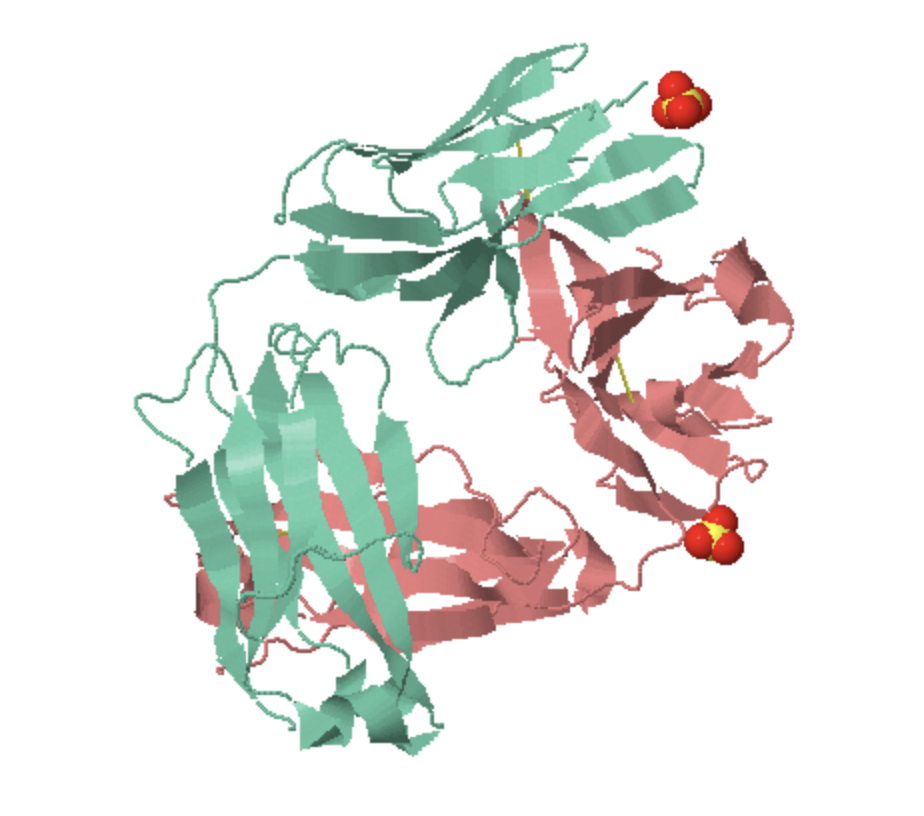 Image 1 of 1
Image 1 of 1


Human Fibroblast Growth Factor 21 (FGF-21), tagless
SIZE
0.1 mg
INTRODUCTION
FGF-21, a polypeptide with 210 amino acid residues produced mostly from the liver tissue. Mouse FGF- 21 shares 75% identity as human FGF-21. Recent animal studies indicate it possesses potent beneficial effects on glucose and lipid metabolism and insulin sensitivity. Increasing data shows FGF-21 can significantly stimulate glucose uptake in mature adipocytes. And the lowered LDL-cholesterol and increased HDL-cholesterol can also be observed. FGF-21 exerts its bioactivity through interaction with membrane bound FGF receptors (FGFRs) which requires β-Klotho as a co-factor to bind and activate FGFR signaling. The activation of FGF-21 can induce the stimulation of diverse downstream pathways medicated by MAPK,FRS-2, SHP-2, PI3K, raf, stat and other signaling molecules. In sum, FGF-21 induces a variety of significant beneficial metabolic changes without apparent adverse effects which makes this factor a hot candidate to treat some metabolic diseases.
DESCRIPTION
Total 183AA Mw: 19.5kDa (calculated).
N-terminal His-tag removed, 2 extra AA left (highlighted).
SIZE
0.1 mg
INTRODUCTION
FGF-21, a polypeptide with 210 amino acid residues produced mostly from the liver tissue. Mouse FGF- 21 shares 75% identity as human FGF-21. Recent animal studies indicate it possesses potent beneficial effects on glucose and lipid metabolism and insulin sensitivity. Increasing data shows FGF-21 can significantly stimulate glucose uptake in mature adipocytes. And the lowered LDL-cholesterol and increased HDL-cholesterol can also be observed. FGF-21 exerts its bioactivity through interaction with membrane bound FGF receptors (FGFRs) which requires β-Klotho as a co-factor to bind and activate FGFR signaling. The activation of FGF-21 can induce the stimulation of diverse downstream pathways medicated by MAPK,FRS-2, SHP-2, PI3K, raf, stat and other signaling molecules. In sum, FGF-21 induces a variety of significant beneficial metabolic changes without apparent adverse effects which makes this factor a hot candidate to treat some metabolic diseases.
DESCRIPTION
Total 183AA Mw: 19.5kDa (calculated).
N-terminal His-tag removed, 2 extra AA left (highlighted).

